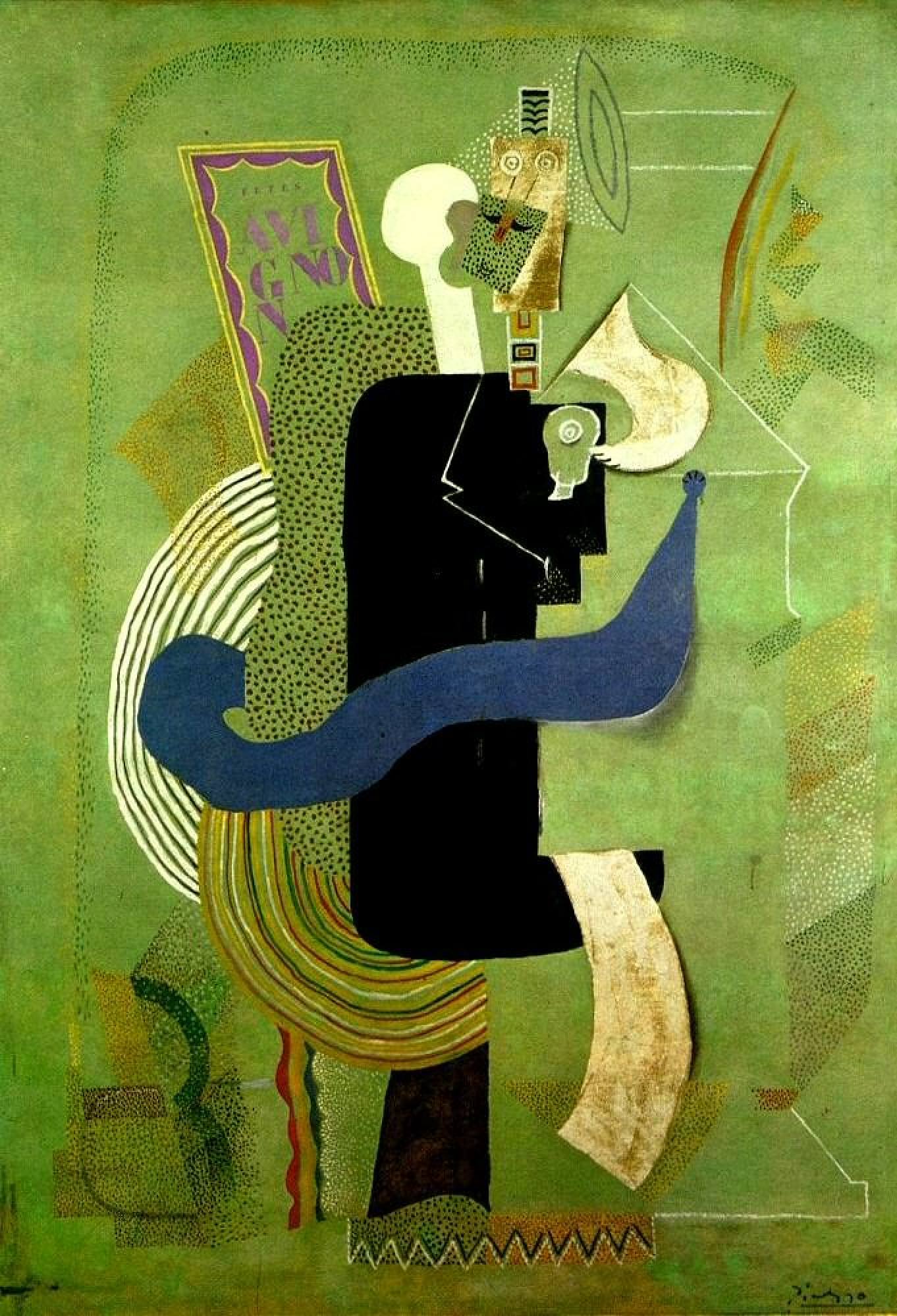
Russian billionaire accuses Sotheby’s of taking part in elaborate art fraud; auction house claims he has ‘good reason to be angry with himself’
- Lawyers for Dmitry Rybolovlev claim Sotheby’s executives helped an art broker defraud him out of tens of millions of dollars through sales of famous works
- Rybolovlev was ‘trying to make an innocent party pay for what somebody else did to him’, a lawyer for Sotheby’s says
Sotheby’s defended itself at a trial in New York against accusations that it helped defraud a Russian oligarch out of tens of millions of dollars, saying it knew nothing of wrongdoing by an art buyer who advised the billionaire on buying works by famed artists such as Amedeo Modigliani and Leonardo da Vinci.
Sotheby’s lawyer Sara Shudofsky told a jury in an opening statement in Manhattan federal court that billionaire Dmitry Rybolovlev was “trying to make an innocent party pay for what somebody else did to him”.
Shudofsky said the fertiliser magnate, a savvy businessman who has run highly successful businesses, had “good reason to be angry with himself” after spending hundreds of millions of dollars to buy art masterpieces without taking “the most basic steps” to protect himself from a broker who cheated him.
“Sotheby’s didn’t know anything about those lies,” Shudofsky said. “Sotheby’s had no knowledge of, and didn’t participate in, any misconduct.”

She spoke after Rybolovlev’s lawyer, Daniel Kornstein, insisted that a London-based Sotheby’s executive was part of a group of executives who were in on an elaborate fraud.
“As a result of participating in the fraud, Sotheby’s made a lot of money,” Kornstein said. “Sotheby’s had choices, but they chose greed.”
The trial is likely to provide a window into how high-stakes transactions involving art enthusiasts worldwide develop, and their importance to the operations of auction houses that rely heavily on their reputations as they match up some of the world’s wealthiest investors.
Rybolovlev, 57, is expected to testify.
Found among rubbish on a New York street: the mystery of a masterpiece
In one order in March 2023, Judge Jesse Furman urged lawyers to work towards a settlement to avert a trial that would be “expensive, risky and potentially embarrassing to both sides”.
The case stems from US$2 billion Rybolovlev spent from 2002 to 2014 to acquire a world-class art collection through purchases made by two of his companies.
To carry out the purchases for his home in Geneva, Switzerland, he relied heavily on Yves Bouvier, an art broker who claimed he could save Rybolovlev money by handling negotiations for art in return for a 2 per cent commission, Kornstein said.

Before long, Bouvier became such a trusted friend of the billionaire that he attended small birthday parties for Rybolovlev and his daughter and joined him at football matches, the lawyer said.
“Bouvier turned out to be a con man” who bought works of art from Sotheby’s and sometimes nearly doubled the price before he resold the art to Rybolovlev, Kornstein said.
“If you’re the buyer and operating in darkness, you have no way of learning that, unless the auction house knows about it and can help you out,” he said.

In all, Bouvier pocketed US$164 million through his “secret mark-ups” and another US$6.4 million by collecting his 2 per cent commission, Kornstein said.
The lawyer told jurors to look at documents including emails that “don’t lie” and would prove that auction house executives knew what was happening. He urged them to ignore what he predicted would be “fairy tales” from Sotheby’s witnesses.
David Bitton and Yves Klein, Swiss lawyers for Bouvier, said in a statement on Tuesday that Bouvier “strongly objects to any allegation of fraud”.
They said the allegations against Bouvier in New York had been rejected “by authorities around the world”, with all nine legal cases brought against him in Singapore, Hong Kong, New York, Monaco and Geneva being discontinued.
Swiss art dealer’s Hong Kong assets unfrozen amid court battle with Russian tycoon who accused him of swindling
They also cited a news release issued by the Office of the Attorney General in Geneva in early December in which it announced it had closed an investigation that began in 2017 after conducting hearings that “did not provide any evidence to raise sufficient suspicion against the defendants”.
Also in December, Bouvier’s lawyers announced that the art broker had settled with Rybolovlev under undisclosed terms that ensure neither will comment on their past disputes.
In all, Rybolovlev had accused Bouvier of defrauding him through sales of 38 art pieces, including Picasso’s Homme Assis au Verre and Rodin’s Le Baiser, L’Éternel Printemps and Eve, but in 2023 the judge disqualified from the trial many of the dozen or so works bought in private sales through Sotheby’s on various legal grounds.
He covers himself in a white sheet so he can use all 5 senses to paint
Among the four works at issue in the trial was de Vinci’s Salvator Mundi, a depiction of Christ as “Saviour of the World”, which Bouvier bought from Sotheby’s for US$83 million, only to resell it to Rybolovlev for over US$127 million, which Kornstein said was a “secret mark-up” of over US$44 million.
In 2017, Rybolovlev arranged for Christie’s to sell it and it went for a historic US$450 million, becoming the most expensive painting ever sold at auction.
Other artworks that Kornstein said involved improper mark-ups that will be addressed at the trial were a Modigliani sculpture and paintings by Gustav Klimt and René Magritte.

